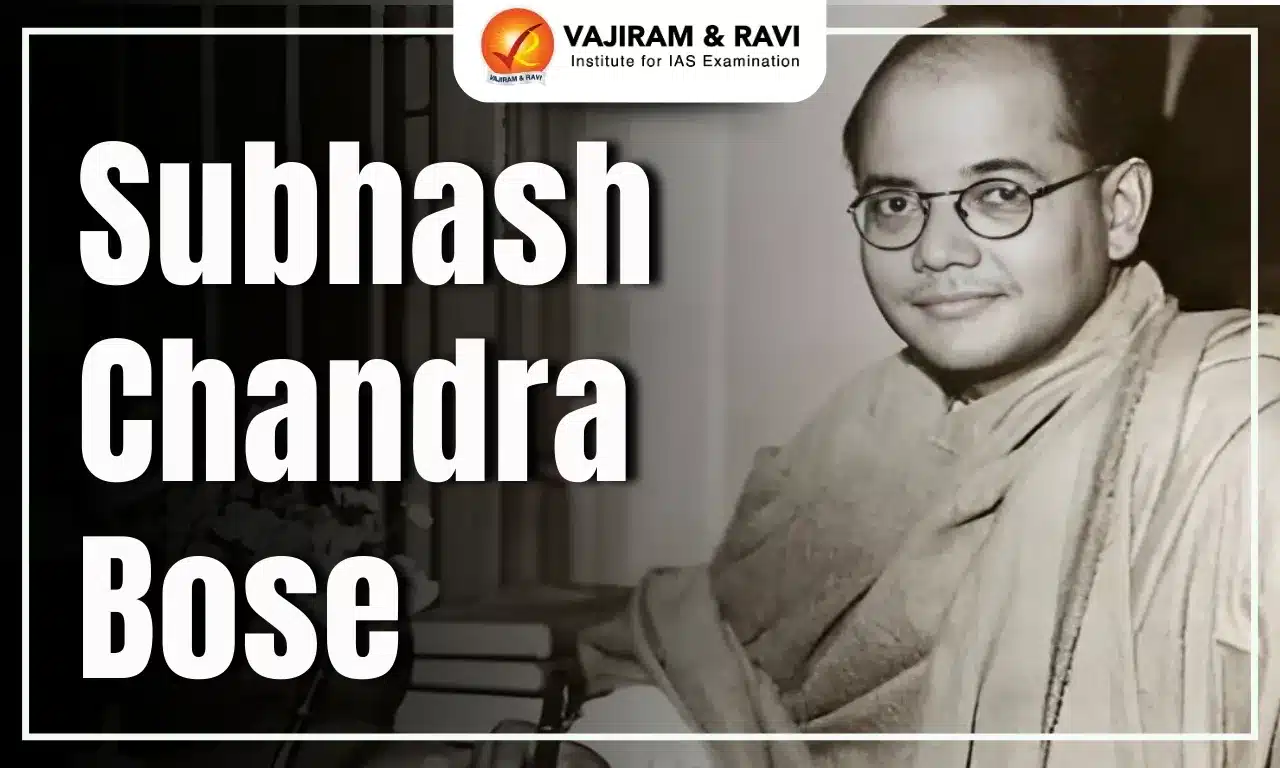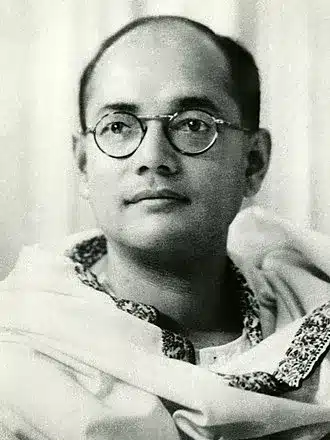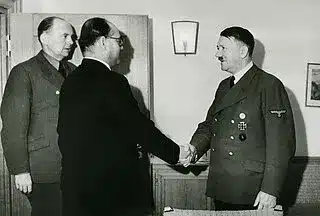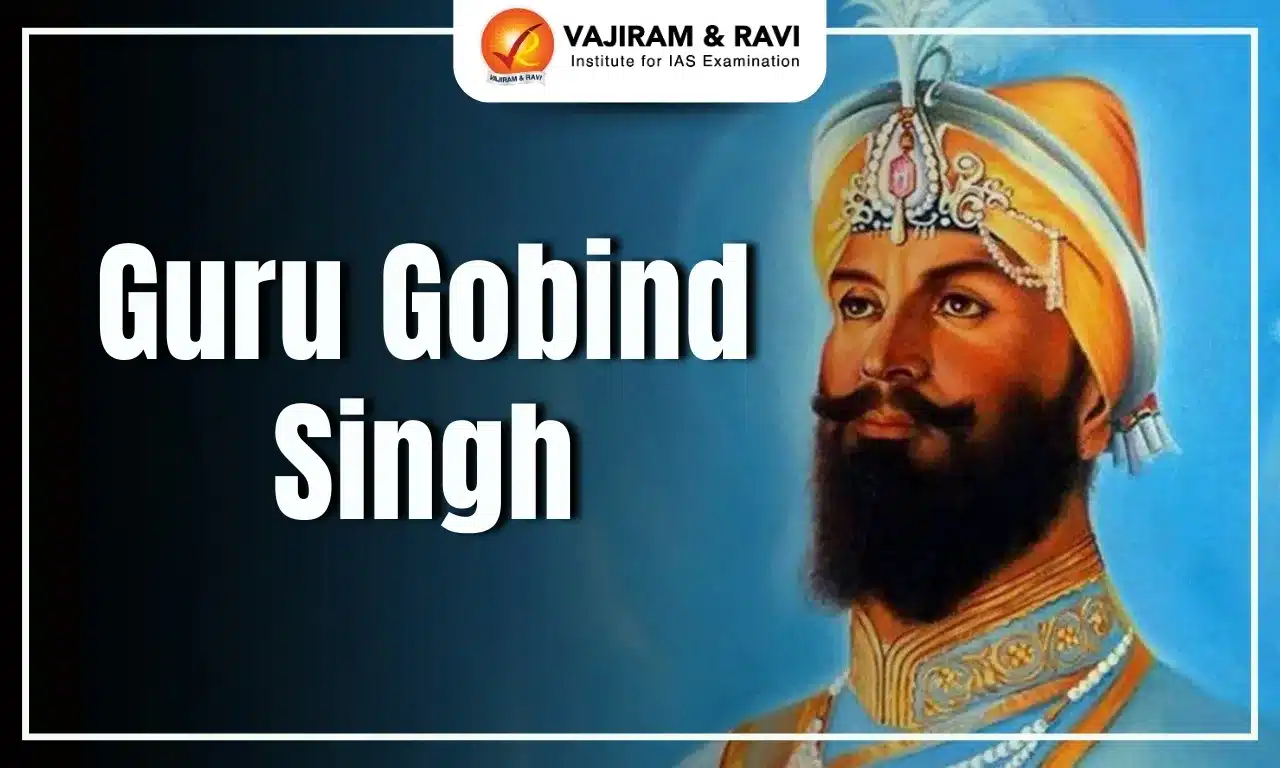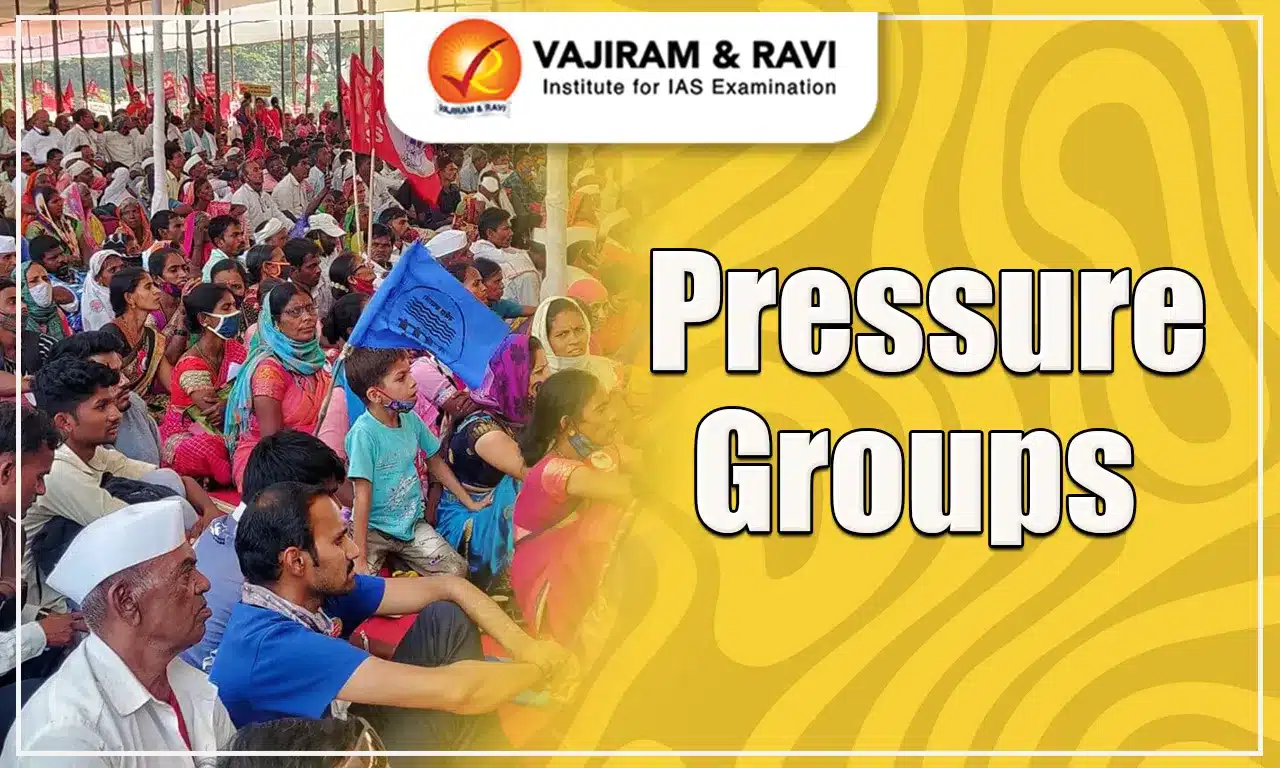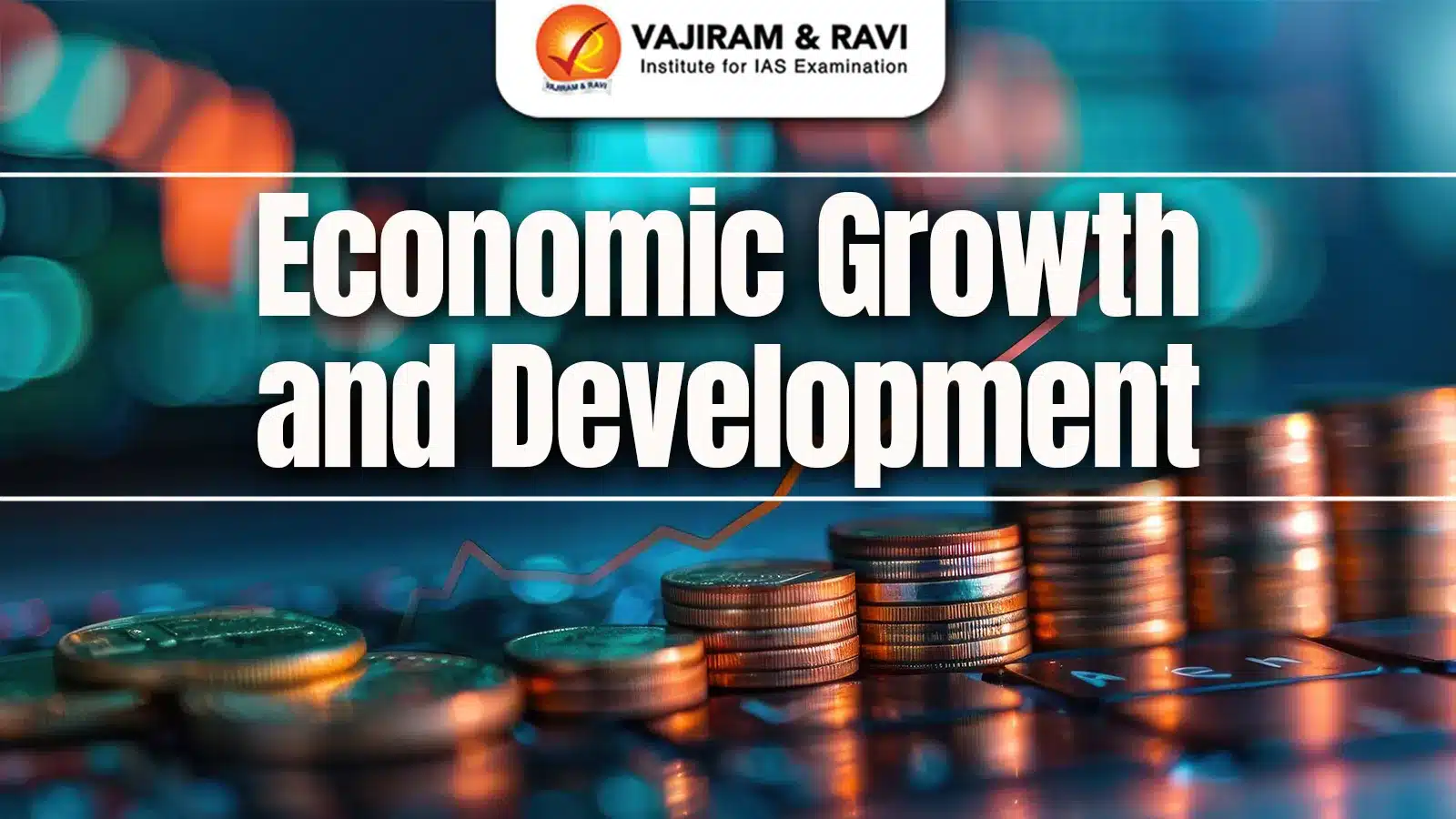Subhash Chandra Bose was a key figure in India's fight for freedom from British rule during the early to mid-20th century. In 1943, Subhash Chandra Bose founded the Indian National Army (INA) i.e. Azad Hind Fauj, and led an armed coup, inspiring thousands of Indian youths to fight for independence from British colonialism. Subhash Chandra Bose was completely committed to the cause of overthrowing British dominance, convinced that national freedom was critical for India's future.
Subhash Chandra Bose’s political ideas demonstrated his unwavering commitment to independence and his willingness to explore various strategies to achieve it. His famous slogan was "Give me your blood, and I shall give you freedom”. Subhash Chandra Bose continues to be a symbol of assertive nationalism.
Subhash Chandra Bose About
Subhash Chandra Bose was born on January 23, 1897, in Cuttack, then part of the Bengal Presidency, to Bengali parents Prabhabati Dutt and Janakinath Bose.
- Education: Bose was admitted to the Protestant European School in Cuttack and then shifted to the Ravenshaw Collegiate School. In 1916, he was expelled from Presidency College in Kolkata due to his nationalist activities.
- Civil Services: Later, Bose attended the University of Cambridge and passed the Indian Civil Services (ICS) exam in 1920. However, due to the Jallianwalla Bagh massacre, he left his high-paying job and returned to India from England in 1921.
- Inspired by Vivekananda: Inspired by Swami Vivekananda and mentored by Chittaranjan Das, Bose became deeply involved in India's independence movement.
- Membership of INC: Bose joined the Indian National Congress (INC), emerging as a prominent leader in the struggle against British colonialism.
Subhash Chandra Bose - Role in Freedom Struggle
Subhash Chandra Bose, a prominent figure in India's freedom struggle, is known for his revolutionary approach and his role in forming the Indian National Army (INA) to fight against British rule, Formation of the Forward Bloc, a Provisional Government for free India and gave slogans like “Delhi Chalo” and “Jai Hind”.
Subhash Chandra Bose and Indian National Congress
Subhash Chandra Bose's deep involvement in nationalist politics began under the mentorship of Chittaranjan Das. For nearly two decades (from 1921 to 1940) Bose actively worked within the Indian National Congress (INC), striving to shape its direction and influence its strategies for India’s freedom struggle.
- Joined INC in 1921: Subhash Chandra Bose joined the INC in 1921, inspired by political disturbances, and was directed by Mahatma Gandhi to Chittaranjan Das, a key nationalist leader in Bengal.
- Newspapers: In 1921, Bose became the editor of Forward, a newspaper of the Swaraj Party, and in 1922, he launched the newspaper Swaraj.
- Participation in NCM: Bose was arrested alongside Chittaranjan Das in December 1921 for participating in the Non-Cooperation Movement (NCM).
- Role as Youth Leader: In 1923, Subhash Chandra Bose was elected President of the All India Youth Congress and Secretary of the Bengal State Congress and later served as Chief Executive Officer of Calcutta under Mayor Chittaranjan Das.
- Advocated Poorna Swaraj: Bose rejected Dominion Status (Nehru Report) in 1928, co-founded the "Independence for India League," and strongly advocated for Poorna Swaraj (complete independence) alongside Jawaharlal Nehru.
- Book: Subhas Bose wrote The Indian Struggle, covering the independence movement from 1920 to 1934, which was published in 1935 but banned in British colonies for fear of unrest.
- Congress President: Subhash Chandra Bose was unanimously elected Congress President at the Haripura session in 1938 and re-elected in 1939 at the Tripuri session.
- At Haripura Session Bose advocated for economic development through planning and establishing a National Planning Committee.
Subhash Chandra Bose Relationship with Gandhi
Subhash Chandra Bose and Mahatma Gandhi, despite their ideological differences, had mutual admiration. Gandhi called Bose the "Prince among Patriots" in 1942, while Bose referred to him as the "Father of Our Nation" during the 1944 broadcast from Rangoon.
- Ideas of Resistance: Although their political approaches diverged, Bose believed in forceful resistance while Gandhi adhered to non-violence.
- Common Ideals: Bose deeply valued Gandhi’s contributions, stating his name would be remembered in "letters of gold" in India’s history. Both leaders shared common ideals such as fighting untouchability and advocating women's emancipation.
The Key differences in the approach of Subhash Chandra Bose and Mahatma Gandhi in the struggle for freedom are discussed in the table below:
|
Aspects |
Mahatma Gandhi |
Subhashh Chandra Bose |
|
Idea of Resistance |
Non-violent resistance based on methods like Peaceful demonstrations, Civil disobedience, Satyagraha (passive resistance) |
Focus on the Militant approach using Armed struggle, Revolutionary Tactics, and Direct military confrontation |
|
Views regarding British |
- Sought negotiation through: • Peaceful demonstrations • Moral persuasion • Gradual transformation |
- Confrontation using: • Forceful expulsion • No compromise • Immediate independence |
|
Style of Leadership |
- An inclusive approach that focused on dialogue and Mass mobilization through consensus-building |
- A Former INC president Formed Forward Bloc and led the Indian National Army.
|
|
Foreign Alliances |
- Avoided foreign assistance • Emphasized self-reliance • Internal strength focus • Indigenous movement |
- Allied with Axis powers • Collaborated with Germany, Italy, Japan • Used international support • Built military partnerships |
Subhash Chandra Bose Forward Bloc
Subhash Chandra Bose resigned as President of the Indian National Congress in 1939, disillusioned with its approach, following the Tripuri Congress session. He later founded the Forward Bloc in May 1939 to advocate for immediate independence through assertive action.
- Forward Bloc: It sought to bring together all radical elements of the Congress Party. Forward Bloc aimed to promote India's independence while upholding equality and social justice.
Subhash Chandra Bose Escape to Germany
Subhash Chandra Bose held the Anti-Compromise Conference in March 1940, protesting British imperialism, and was later arrested but escaped house arrest in January 1941, travelling to Peshawar under the alias Ziauddin.
- Formation of Freedom Army: Bose reached Germany, met Hitler, and formed the Freedom Army (Mukti Sena) from Indian Prisoners of War (POWs) while establishing Dresden as its headquarters and popularizing the slogan "Jai Hind." from the Free India Centre in Germany.
- The Mukti Sena soldiers first referred to Bose as Neta Ji.
- Radio Broadcasts from Germany: Bose also inspired Indians through radio broadcasts from Berlin in 1942, and later travelled to Japan and Singapore in early 1943 using German and Japanese submarines to continue his struggle.
Subhash Chandra Bose Indian National Army
Subhash Chandra Bose reformed the Indian National Army (INA), also known as the Azad Hind Fauj. The INA was initially formed by Mohan Singh in 1942 with support from Japan, recruiting around 40,000 Indian Prisoners of War (POWs). Subhash Chandra Bose took command of the INA in July 1943 in Singapore, reorganized it, and established the Provisional Government of Free India, which declared war on Britain and the U.S. and was recognized by Axis powers.
- Women Brigade: Bose formed the Rani Jhansi Regiment, a women’s unit led by Captain Lakshmi Swaminathan, reflecting his vision of women's empowerment in the independence struggle.
- Success in Andaman: In December 1943, INA freed the Andaman and Nicobar Islands from the British which were renamed Swaraj and Shaheed Islands.
- Headquartered in Rangoon: In January 1944, the INA headquarters moved to Rangoon (Burma), where army recruits were set to march with the war cry "Chalo Delhi!".
- Impact of World War II: The INA advanced into India in April 1944, raising the flag in Moirang, but was forced to retreat as Japanese forces withdrew with Japan's surrender in World War II in 1945.
Subhash Chandra Bose - Role in Freedom Struggle Legacy
Subhash Chandra Bose is celebrated as a national hero in India for his resistance against British rule. January 23 is declared Parakram Divas to honour his birth anniversary. His actions not only inspired the Indian populace but also resonated globally, fueling independence movements worldwide. The enduring impact of Bose's vision and tireless efforts was evident in 1947 when India gained its long-awaited independence.
- His famous quote, "In this mortal world everything perishes and will perish, but the ideas, ideals, and dreams do not," encapsulates the profound legacy he left behind, one that continues to inspire generations.
Subhash Chandra Bose UPSC PYQs
Q1. Highlight the differences in the approach of Subhash Chandra Bose and Mahatma Gandhi in the struggle for freedom. (UPSC Mains 2016)
Q2. During the Indian Freedom Struggle, who of the following raised an army called ‘Free Indian Legion’? (UPSC Prelims 2008)
(a) Lala Hardayal
(b) Rashbehari Bose
(c) Subhash Chandra Bose
(d) V D Savarkar
Ans.(c)
Last updated on December, 2025
→ Check out the latest UPSC Syllabus 2026 here.
→ Join Vajiram & Ravi’s Interview Guidance Programme for expert help to crack your final UPSC stage.
→ UPSC Mains Result 2025 is now out.
→ UPSC Notification 2026 is scheduled to be released on January 14, 2026.
→ UPSC Calendar 2026 is released on 15th May, 2025.
→ UPSC Prelims 2026 will be conducted on 24th May, 2026 & UPSC Mains 2026 will be conducted on 21st August 2026.
→ The UPSC Selection Process is of 3 stages-Prelims, Mains and Interview.
→ UPSC Result 2024 is released with latest UPSC Marksheet 2024. Check Now!
→ UPSC Toppers List 2024 is released now. Shakti Dubey is UPSC AIR 1 2024 Topper.
→ Also check Best IAS Coaching in Delhi
Subhash Chandra Bose FAQs
Q1. Who is called Netaji?+
Q2. Who gave the title Father of Nation?+
Q3. When did Subhash Chandra Bose reportedly die?+
Q4. Which newspaper did Subhash Chandra Bose start?+
Q5. Why did Netaji leave Congress?+



